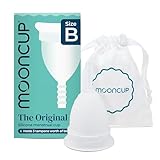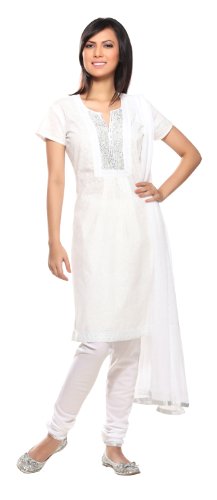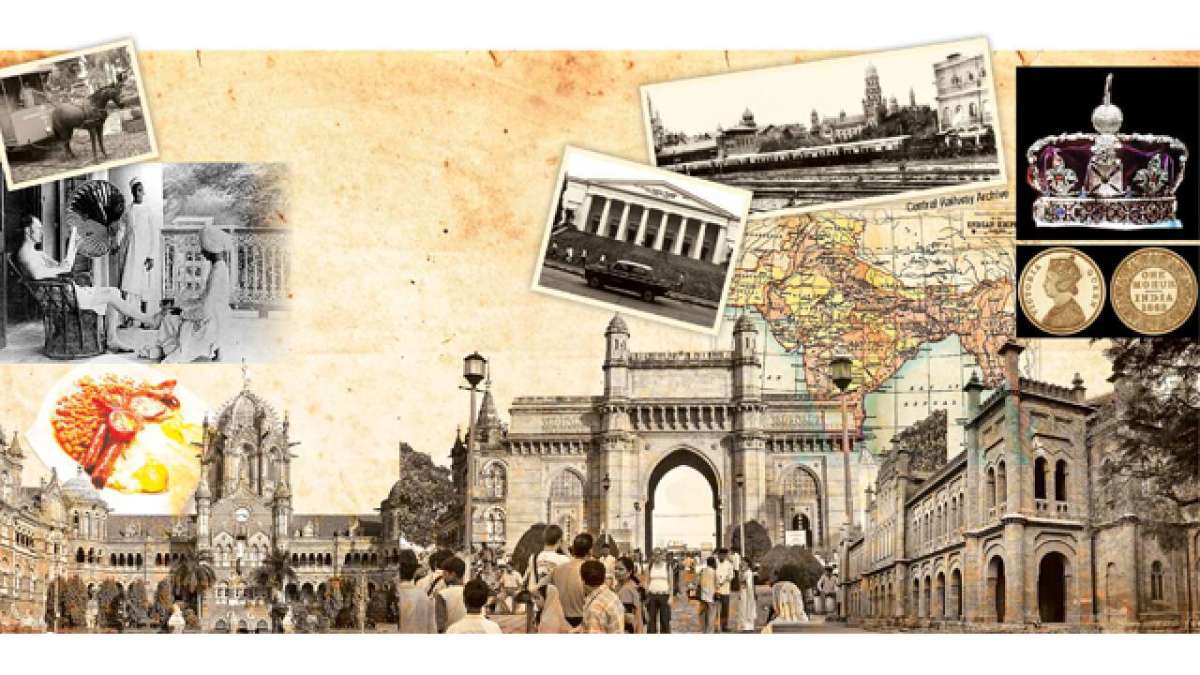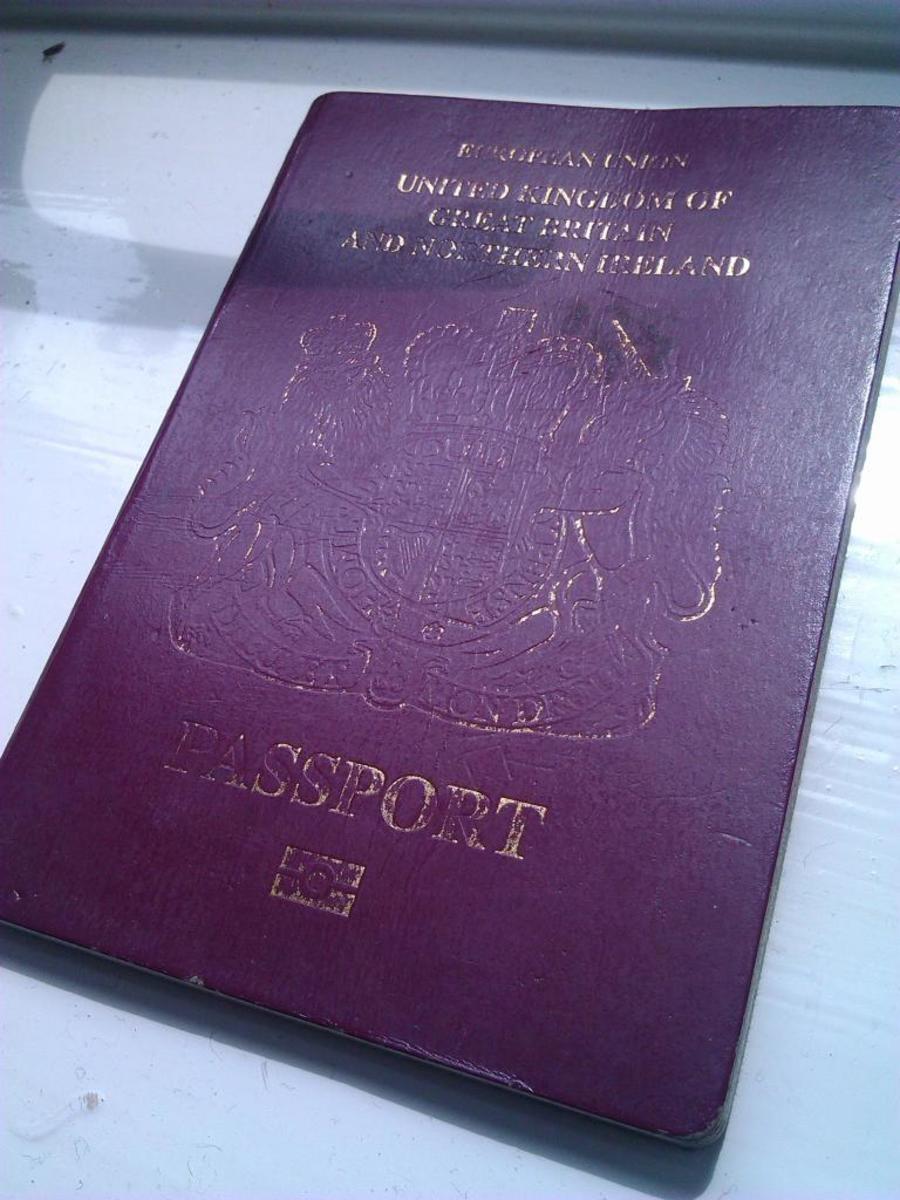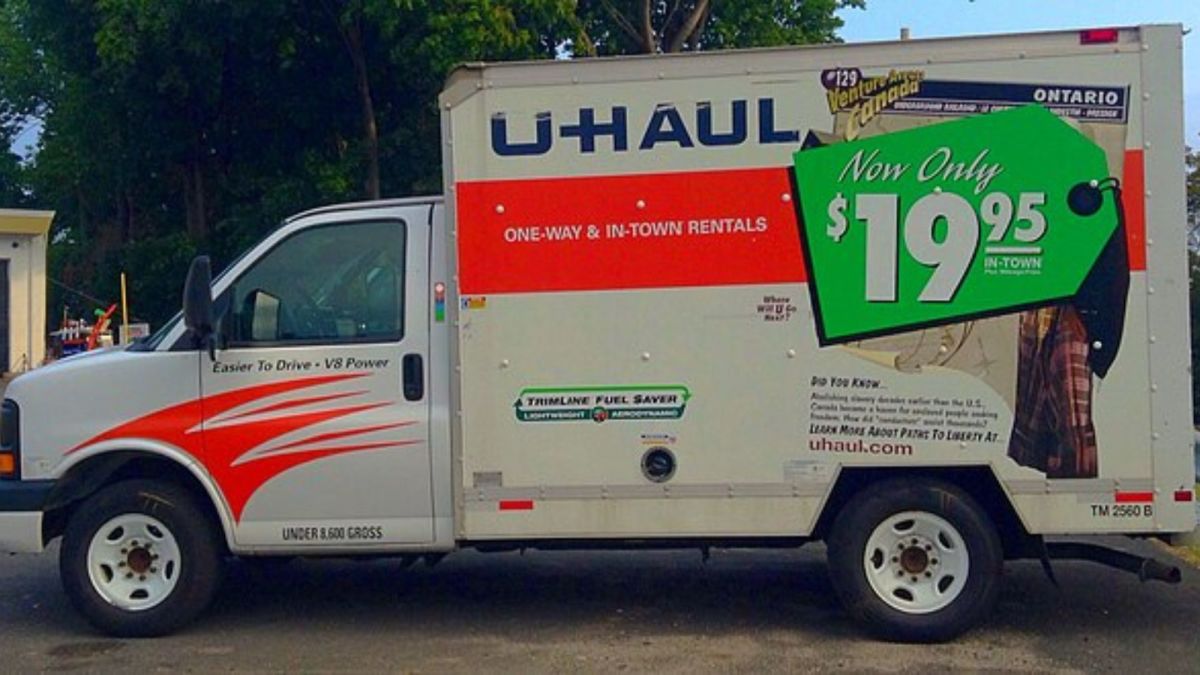What to pack for India
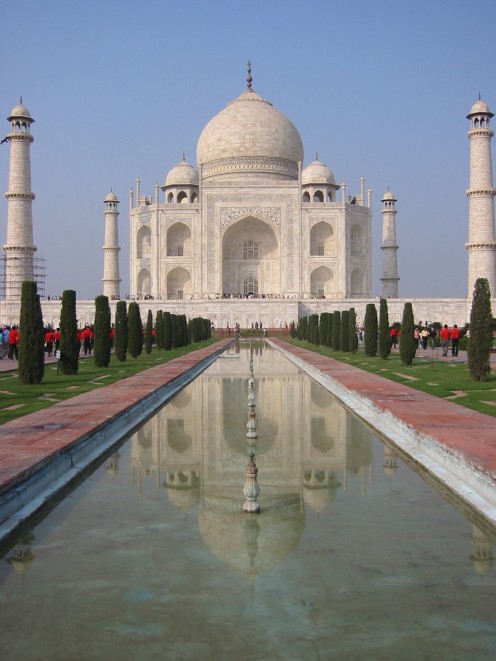
My personal packing list for India
Are your flight tickets booked, the travel guide having about a hundred bookmarks and now you want to start packing for India? Depending on your destination in this vast subcontinent you might need to stock up with certain supplies while other things will be easily available once you have reached. I have travelled to India for many years, before I finally decided to settle here about a year ago. Over the years I have developed my own routine when it comes to packing for India and in this article I want to share with you my personal packing tips for India. Which are the things you shouldn’t forget when travelling to India, things that are fun to have, but not necessary and last but not least which are the things that much better should be bought in India once you have reached? I hope I can answer some of these questions with my personal packing list for India.
The all-rounder India packing list
1. The bedroom
My most extensively used travel item is my mosquito net, which also has a floor and can be opened with a zip. This net is more like a tent and has saved me many otherwise sleepless nights. It is not only saving you from the obvious – mosquitoes, but also allows you a good night’s sleep in the worst budget accommodation with potential bed bugs or cockroaches around. For me this is the absolute must-have! Depending on your budget you can get a simple mosquito tent, which you will have to set up with strings across the room (bring your own string!), or much more relaxing, but a bit more expensive - a self-standing version. This will save you from searching spots to hang your net off, which is not always easy in barren hostel rooms. But if you don’t have the extra cash – don’t worry, with a bit of imagination you will always find a way to set up your tent one way or the other.
Depending on the season and region you are planning to travel to, it can be advisable to bring a lightweight sleeping bag. If you are only staying warm regions a simple bed sheet is more than sufficient.

I usually use a bunch of my clothes as a pillow, or sometimes arrange the hostel’s pillow under my mosquito tent in a way that is comfortable – taking the pillow inside your tent is simply too much of an invitation for bedbugs or other unwelcome guests. If you prefer to have your pillow inside the mosquito tent and don’t want to sleep on your clothes, you might want to consider a blow-up pillow.
If you are planning to go trekking, tents, warm sleeping bags and mattresses are usually provided when you book a tour. If you are planning to go on a trek on your own (even though it is not recommended as locals live of the tourism and many areas require special permissions), make sure you bring any sort of trekking/mountaineering supply from home – specialized equipment is till date difficult or impossible to get.
2. The bathroom
Number 1 travel item for your travel bathroom is according to me wet wipes! They come in handy whenever you wish for some hygiene in unpractical situations – on busses, trains or simply in filthy toilet-less bathrooms. Also bring some toilet paper for your arrival, as it is not necessarily available everywhere. You can usually buy it in local shops, but the price is pretty steep with nearly 70-90 Cent per roll. Another all-time favorite of mine is a small bottle of hand-sanitizer, which you should always keep handy to use before any sort of meal or snack. Shampoo and normal bars of soap are available everywhere, so I wouldn’t bother buying big bottles in advance. Especially if you want to keep your luggage really light you can get small sachets of shampoo in tiny local shops, usually hanging from the ceiling near to the counter. Abroad you can also get dry shampoo bars – that is practical if you plan to go on a long trek and want to carry less weight. For regular soap I only recommend dry soap sheets – they are very practical (as you won’t need to carry a wet soap bar around), cheap and light weight. Detergent can be found everywhere in sachets for 1Rs, so it’s best to be bought on the go.
Especially for women I recommend to bring enough tampons. They are partly available, but the price in India is really high, so it’s better to bring your own supply. I have female friends who swear on using a so-called washable moon-cup. This option is of course far more environmental friendly, but might be unpractical to clean (in boiling water) while backpacking. Sanitary Pads are widely available. Any other beauty product like toothpaste, toothbrush, body lotion, face scrub or whatever you might need is easily available in India, so no need to pack big bottles of anything. There is one more thing I recommend to buy in advance – sun screen with a high protection factor. Even though sun screen is available in India it is usually far more expensive than abroad.
Don’t bring a gigantic towel from home, but consider buying an Indian style one, which is big in size but has the texture similar to our kitchen towels. These towels are simply awesome for travelling – they take less space, dry super fast and are cheap to purchase.
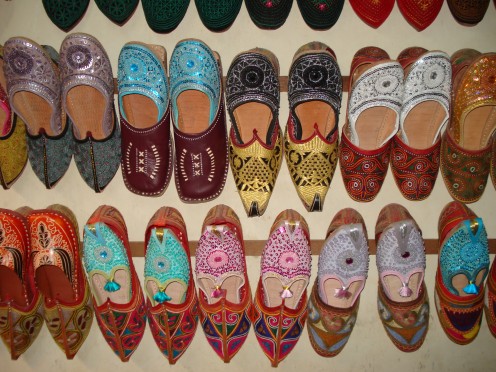
Salwar Kameez
3. The Wardrobe
Again, your wardrobe is depending on the season and destination of your journey. But besides the mountain range most areas are warm, so for anything up to Delhi it will be enough if you bring one light sweater (preferably fleece) and one long sleeved shirt against sun or to be allowed into temples and mosques. Bring cotton underwear and especially for women it’s important to change your underwear as often as possible to avoid yeast infections due to the hot and humid climate. I highly recommend for women to buy a local Salwar kameez – this is a set of trousers, a long shirt and a shawl and is very convenient to wear and wash. You will find readymade suits with the street vendors in Colaba or in the main bazaar road in Paharganj, Delhi. Shoe wise you usually only will need a pair of light sneakers for longer walks and a pair of flip-flops to wear at the beach, in the trains, for temple visits and in the showers. I wouldn’t buy too fancy shoes as they might disappear when you leave them in front of a temple or on the floor in the train when climbing to an upper berth. Only if you plan to go for serious mountain trekking, you will find it worth it to have carried heavy trekking boots all around India – everywhere but in the Himalayas this footwear is simply to warm and heavy. If you come during the monsoon bring a rain jacket. Overall clothes can be bought all over India at incredible rates, as the cotton is much cheaper here than abroad. So if in doubt bring less clothing, you might want to buy a few new items anyway. Only special trekking equipment is better to be brought from home, even though there are markets in places like Manali where you can find fake branded outdoor clothes.
4. The Medicine Kit
Contrary to popular belief you can buy most of your medicine in India once you have arrived. Of course you shouldn’t wait until you need some rare medicine in some remote Indian village, but simply stock yourself up in Delhi or Mumbai. Most medical shops are good and sell first class medicals at a competitive rate. Even antibiotics, syringes and Malaria prophylaxis can be bought without the need for a prescription. If you plan to take Malaria prophylaxis (which the German tropical institute doesn’t recommend for India), you will of course have to buy at least some of the medication in your home country as you usually have to begin the course some time in advance of your journey. Otherwise the only things you will need to bring from home are birth control pills (if that applies to you), Micropur forte pills (water purifying tablets that you can’t get here) or any other very rare medication you might be on. Which medicines you generally need to purchase for a journey in India and which vaccinations you should get beforehand, you will find online or in your travel guide; a hub from my side is coming up soon, too.
5. Miscellaneous
While notebooks, envelopes and so on are available at any stationary shop for no money, I recommend that you bring yourself a few good pens, as most Indian pens last an incredible short amount of time. Remember to bring an adapter for your electronics (not needed for German electronics). If you color your hair with anything else than black or dark-brown bring your own kit. For travelling on the trains I recommend that you bring a flexible bicycle lock. Also pack a good padlock, as many hostels don’t have keys to lock the rooms, but padlocks – always safer to use your own! If you read books in any other language than English bring your own supply – otherwise English books are available everywhere, in fact it is more difficult to get a book in Hindi than in English! Bring a torch, preferably a head-torch to make sure you can read on trains or whenever the next power cut happened.
Last but not least: Carry a few sets of copies of your passport and your visa. Passport photos can also always come in handy. ATMs are available everywhere, so no need to carry huge sums of cash around with you.
The complete travel packing checklist
- Mosquito Tent
- Strings
- Light-weight sleeping bag, or bed sheet
- Blow-up Pillow
- Wet Wipes
- Toilet Paper
- Hand-Sanitizer
- Dry soap sheets (shampoo bar optional)
- Tampons
- Sunscreen
- Small Towel
- Fleece Jacket (raincoat optional)
- Thin long sleeve
- Light Sneakers
- Flip-Flops
- Loads of underwear
- Summery clothing
- Trekking equipment, if needed
- Water purifying tablets, or a travel water purifier
- Birth control pills or other medications you are on
- Pens
- Electronic adapter
- Bicycle lock
- Padlock
- Head torch
- Passport and visa copies, passport photos
I hope this article could help you answer the question what to pack when traveling to India. Feel free to add your own suggestions to this packing list, I will keep updating this article.
Happy journey!
Read more on how to eat safe while travelling in India, what you need to know before travelling in India by train and what is the best time to travel to India.





